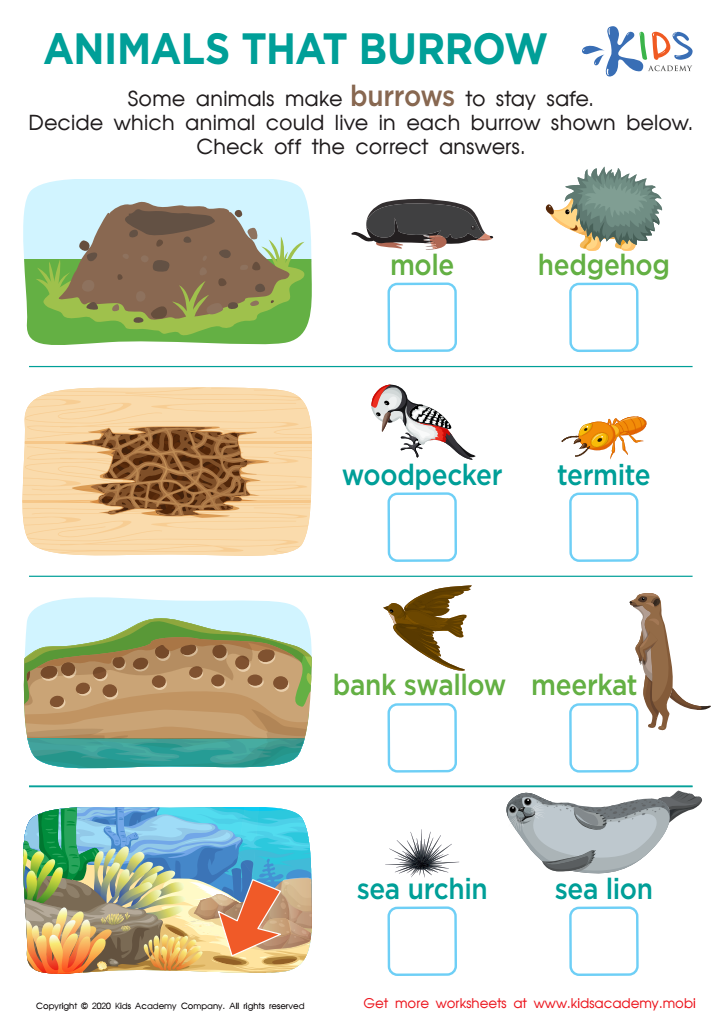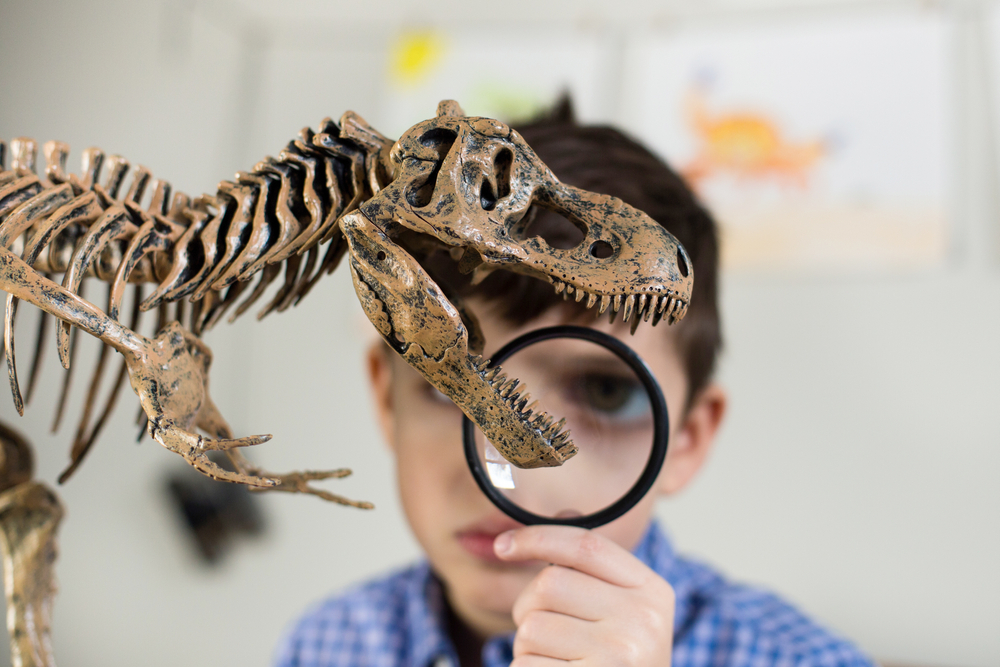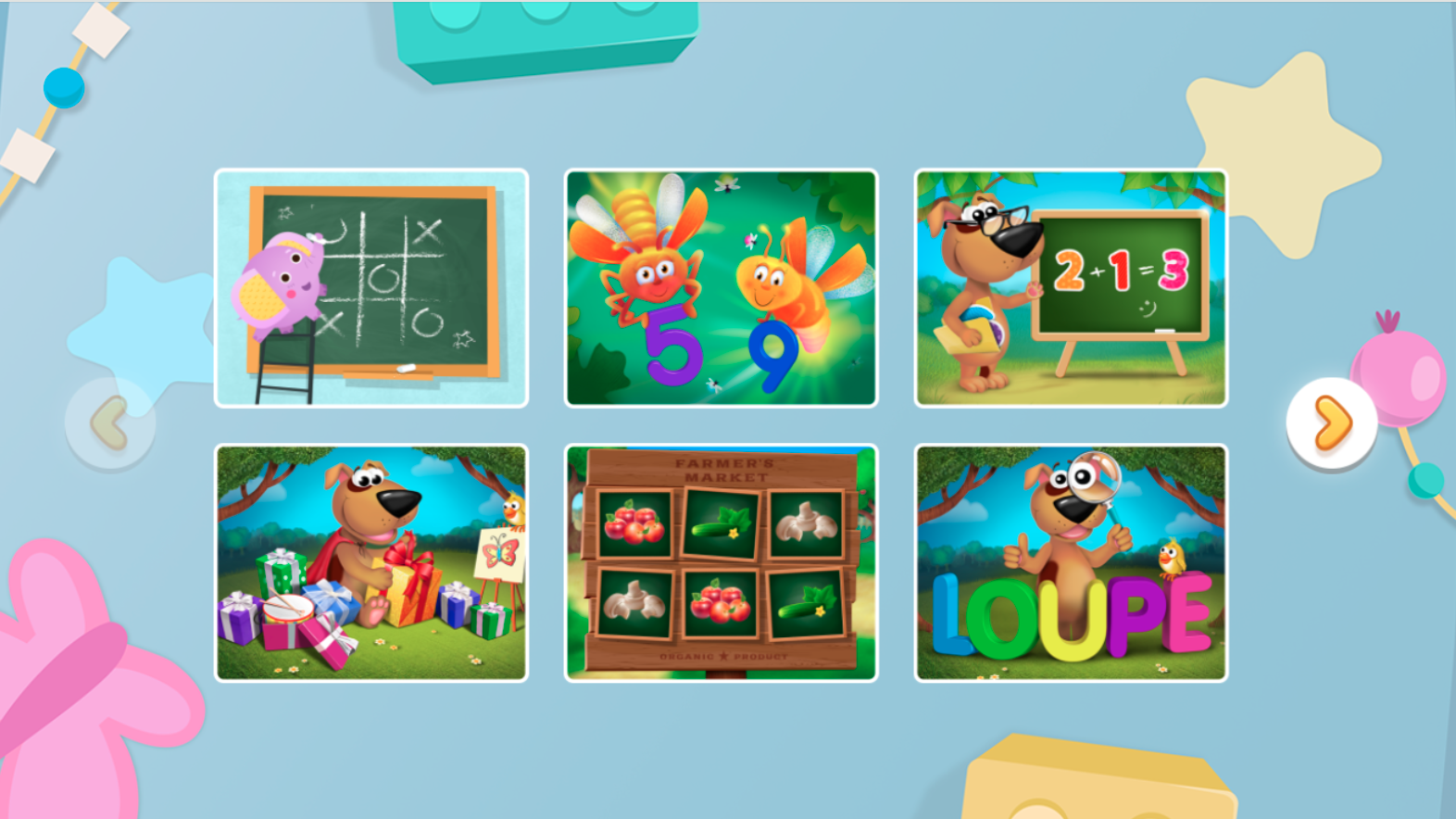Understanding animal habitats Worksheets for Kids
1 filtered results
-
From - To


Animals That Burrow Worksheet
Question/Answer
What are some effective activities to train students’ Understanding animal habitats skill when teaching them about Plants and Animals?
Effective activities for teaching students about animal habitats include creating habitat dioramas, going on nature walks to observe local wildlife, engaging in habitat matching games, and constructing a classroom "habitat wall" where students add information and pictures about different habitats and their animals.
Why is the Understanding animal habitats skill important for Grade 1 students?
The Understanding animal habitats skill is crucial for Grade 1 students as it introduces them to fundamental ecological concepts, teaches them about biodiversity, and the importance of different environments to animal survival. This early education fosters respect for nature, encourages scientific curiosity, and lays the groundwork for responsible environmental stewardship, making it a vital part of their learning journey.
How does the mastery of the Understanding animal habitats skill affect a student's performance at an early age?
Mastery of the Understanding Animal Habitats skill at an early age significantly enhances a student's observational, analytical, and empathy abilities. It promotes environmental awareness and scientific curiosity, fostering a deeper appreciation for biodiversity and conservation. This early foundation can improve academic performance by encouraging critical thinking, problem-solving skills, and a broader understanding of ecological interconnections.

 Assign to the classroom
Assign to the classroom












